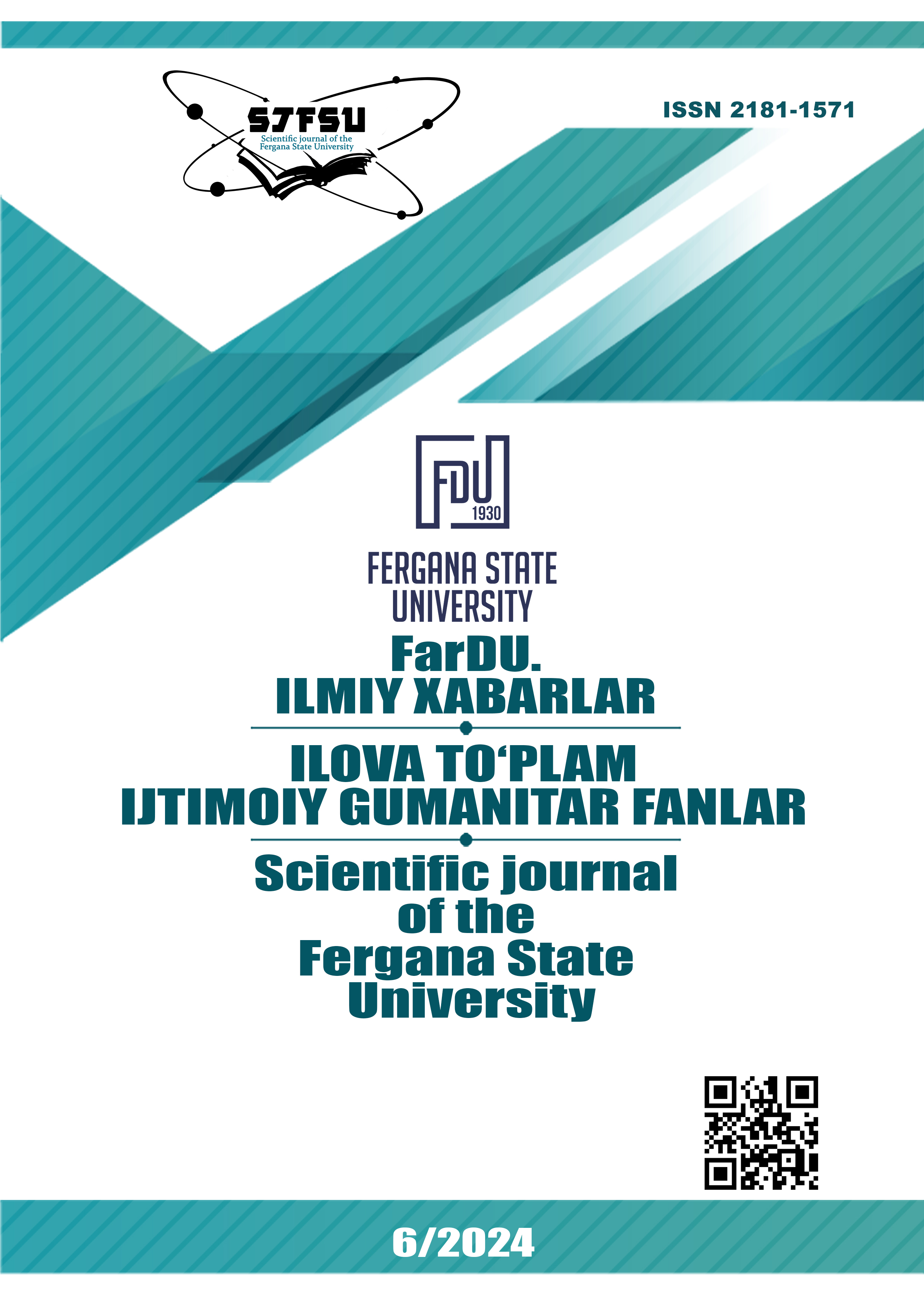EXPRESSION OF QUANTITATIVENESS IN PHRASEOLOGICAL UNITS WITH NUMERICAL COMPONENTS IN UZBEK AND ENGLISH LANGUAGES
Keywords:
quantitativeness, number, number-based, phraseological unit, phraseological expressions, idioms.Abstract
This article examines the expression of quantitativeness through phraseological units with numerical components in Uzbek and English. The study analyzes phraseological units, categorizing them into two main groups: those expressed through numbers and lexical elements. Numerical phraseological units in Uzbek and English reflect both similarities and differences, deeply rooted in cultural and linguistic characteristics. For instance, the Uzbek idiom "besh qo‘l barobar emas" and the English "two heads are better than one" showcase cultural wisdom and values. The findings reveal that phraseological units with numerical components convey a wide range of meanings, including collectivity, specification, mitigation, exaggeration, and meticulousness. This article provides a theoretical foundation for further exploration of quantitativeness in linguistics and highlights the significance of phraseological units in the linguistic and cultural context.
References
Ashurova S, Shukurova F. Some Consideration on Etymology of phraseological units in the Uzbek and English Langauges. Semantic Scholar. 2020.
Didiuxina A.S., Xiaolong Shi. Ethnocultural Experience of Representing the Conceptual Meaning of “Smal Quantity of Something” at the Phraseological level in Russian, English and Chinese Languages. Kazan Linguisic Journal. 2024.
Ionica L. Dynemics of Expressions, A Romanianenglish contrastive analysis.
Otaqulov B.N, Linguistic features of number component measurative phraseological units. Theoretical and Applied Sciences. Philadelphia. USA. 2020.
Sagidova.S. Phraseological units with Cardinal Numeral Componet in the English Language. Smenatic Scholar. 2021.
Uluqov N. Tilshunoslik nazariyasi. – Toshkent, 2016. – B.115.
Downloads
Published
Issue
Section
License
Copyright (c) 2025 Scientific journal of the Fergana State University

This work is licensed under a Creative Commons Attribution-NonCommercial-NoDerivatives 4.0 International License.
Most read articles by the same author(s)
- , THE INTER-LEVEL ANALYSIS OF QUANTITATIVE UNITS IN UZBEK AND ENGLISH LANGUAGES , Scientific journal of the Fergana State University: No. 6 (2024): Scientific journal of the Fergana State University ADDITIONAL COLLECTION (Social humanities sciences)
- , THE INTER-LEVEL ANALYSIS OF QUANTITATIVE UNITS IN UZBEK AND ENGLISH LANGUAGES , Scientific journal of the Fergana State University: No. 6 (2024): Scientific journal of the Fergana State University ADDITIONAL COLLECTION (Social humanities sciences)

